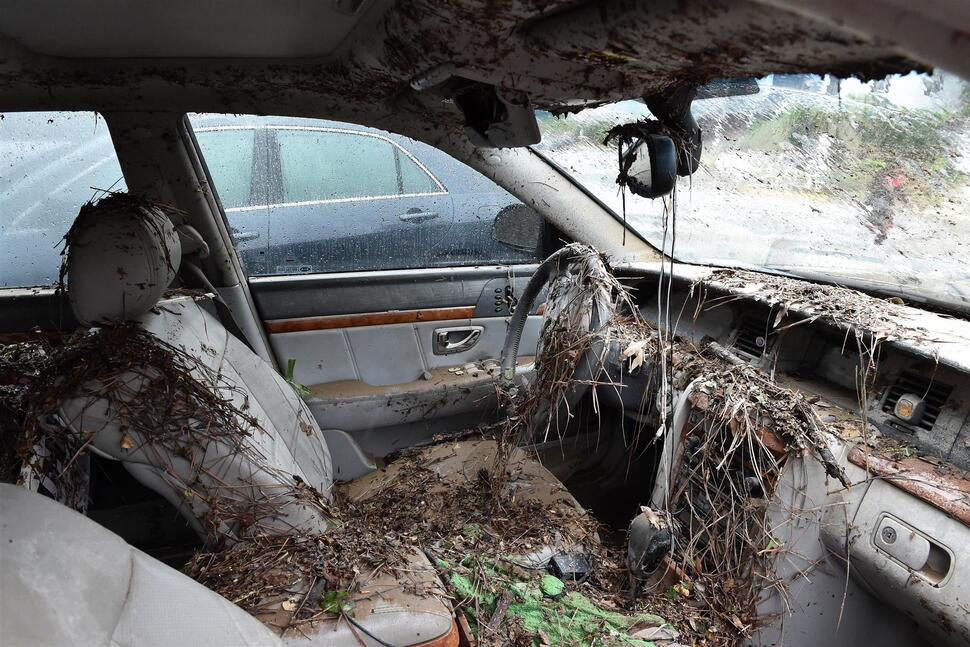
Introduction: Peeling Back the Layers of Car Scrap Yards
Have you ever wondered what happens to cars once they’ve reached the end of their road? Car scrap yards, often shrouded in mystery, play a vital role in the lifecycle of automobiles. Let’s embark on a journey to uncover the fascinating operations that occur behind the scenes of these scrapyards.
1. The Origins of Car Scrap Yards
Car scrap yards have humble beginnings, dating back to the early 20th century when automobiles became more prevalent. Initially, these yards served as dumping grounds for abandoned or wrecked vehicles. However, as the demand for auto parts grew, they evolved into organized facilities for salvaging and recycling. Read More
2. The Process of Car Recycling
Recycling a car involves several intricate steps. First, the vehicle is carefully inspected to determine its salvageable components. Next, it undergoes depollution, where hazardous materials such as oil and coolant are drained and disposed of responsibly. Finally, the car is dismantled, with reusable parts extracted for resale and the remaining metal crushed for recycling.
3. Environmental Impact: Sorting the Good from the Bad
Car scrap yards play a crucial role in environmental sustainability by preventing the accumulation of automotive waste in landfills. By salvaging usable parts and recycling metal, these yards help conserve natural resources and reduce carbon emissions associated with manufacturing new parts.
4. Salvage vs. Scrap: Understanding the Difference
While the terms “salvage” and “scrap” are often used interchangeably, they have distinct meanings in the automotive industry. Salvage refers to vehicles that can be repaired and returned to the road, albeit with significant repairs. On the other hand, scrap denotes vehicles that are beyond repair and destined for recycling.
5. The Art of Dismantling: Breaking Down Vehicles
Dismantling a car is akin to solving a complex puzzle, with each component carefully removed for reuse or recycling. Skilled technicians employ specialized tools to disassemble vehicles efficiently, maximizing the value of salvageable parts while minimizing waste.
6. Scrapyard Economics: Turning Trash into Treasure
Car scrap yards operate on a unique economic model, where profitability hinges on the fluctuating prices of scrap metal and the demand for recycled parts. Despite facing challenges such as market volatility and regulatory compliance, these yards continue to thrive by adapting to changing trends and implementing innovative solutions.
7. Challenges Faced by Car Scrap Yards
Despite their importance, car scrap yards encounter various challenges in their operations. From navigating complex environmental regulations to managing inventory and logistics, yard owners must overcome numerous obstacles to maintain profitability and sustainability.
8. Innovations in the Scrapyard Industry
Advancements in technology have revolutionized the scrapyard industry, enabling more efficient processing of vehicles and extraction of valuable materials. From automated dismantling systems to state-of-the-art sorting algorithms, these innovations have streamlined operations and reduced environmental impact.
9. Sustainable Practices: Paving the Way Forward
In response to growing environmental concerns, many car scrap yards are adopting sustainable practices to minimize their carbon footprint. This includes investing in renewable energy sources, implementing water recycling systems, and promoting eco-friendly transportation options for employees.
10. Beyond Recycling: Creative Reuse of Car Parts
In addition to recycling metal and salvaging components, some car scrap yards are exploring creative ways to repurpose automotive materials. From transforming old car seats into furniture to converting scrap metal into artwork, these initiatives demonstrate the potential for innovation in the circular economy.
11. The Future of Car Scrap Yards
As we look ahead, the future of car scrap yards appears promising yet challenging. With continued emphasis on sustainability and technological advancement, these facilities are poised to play an even greater role in the automotive industry’s transition towards a circular economy.
Conclusion: Unveiling the Hidden Gems of Car Scrap Yards
In conclusion, cash for scrap cars Bondi are far more than mere repositories for old vehicles – they are dynamic hubs of innovation and sustainability. By understanding the intricate operations behind these facilities, we can appreciate the vital role they play in shaping the future of transportation.
FAQs (Frequently Asked Questions)
1. What happens to cars in scrap yards?
Cars in scrap yards undergo dismantling, where usable parts are salvaged for resale, and the remaining metal is recycled.
2. Are car scrap yards environmentally friendly?
Yes, car scrap yards contribute to environmental sustainability by recycling metal and preventing automotive waste from ending up in landfills.
3. Can I sell my old car to a scrap yard?
Yes, many scrap yards purchase old cars for recycling. However, the value offered depends on factors such as the vehicle’s condition and market demand for scrap metal.
4. How do scrap yards make money?
Scrap yards generate revenue by selling recycled metal and salvaged auto parts. They also may offer services such as vehicle towing and disposal for a fee.
5. What are some challenges faced by scrap yards?
Scrap yards face challenges such as regulatory compliance, fluctuating scrap metal prices, and managing inventory and logistics efficiently.








